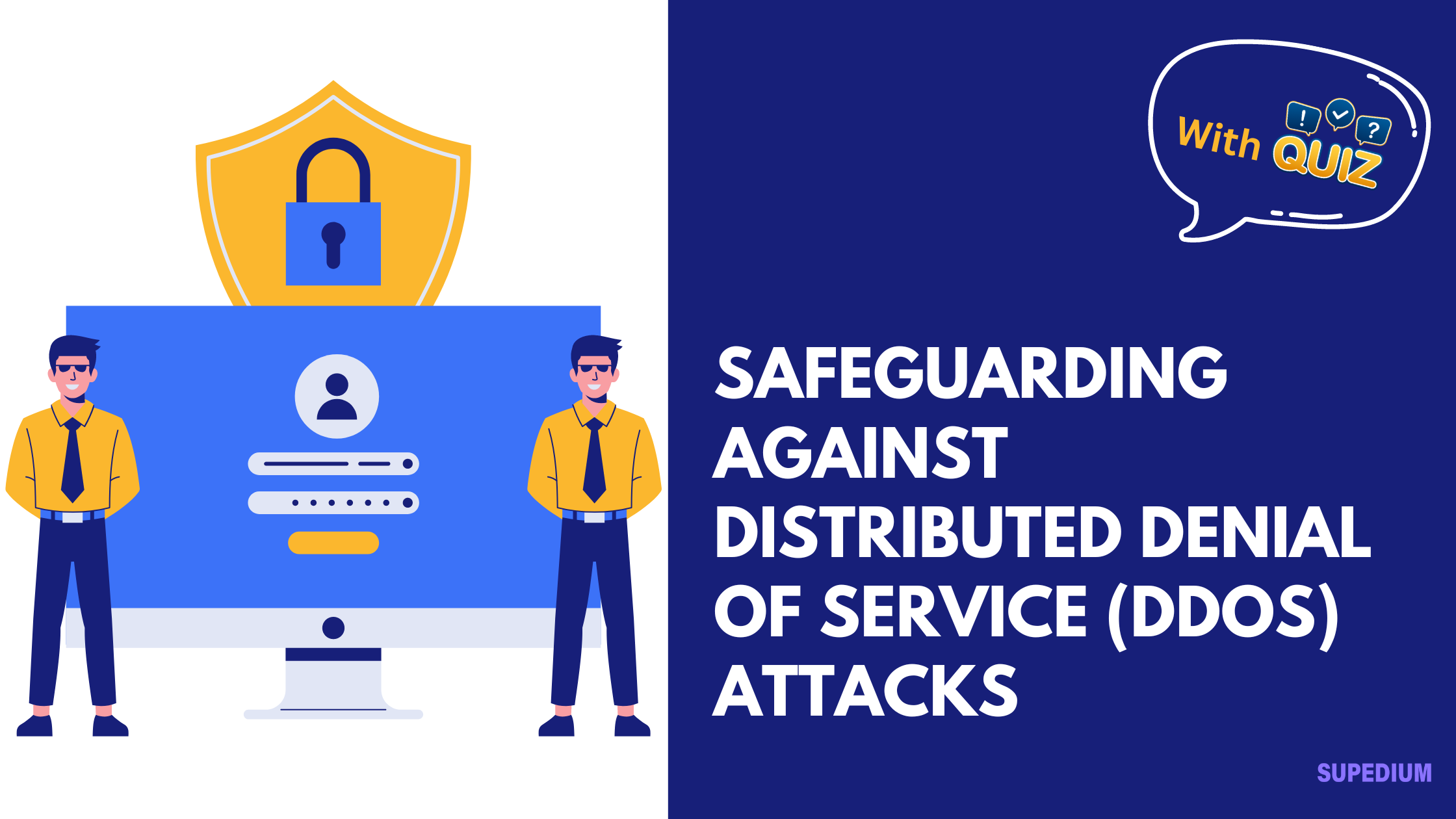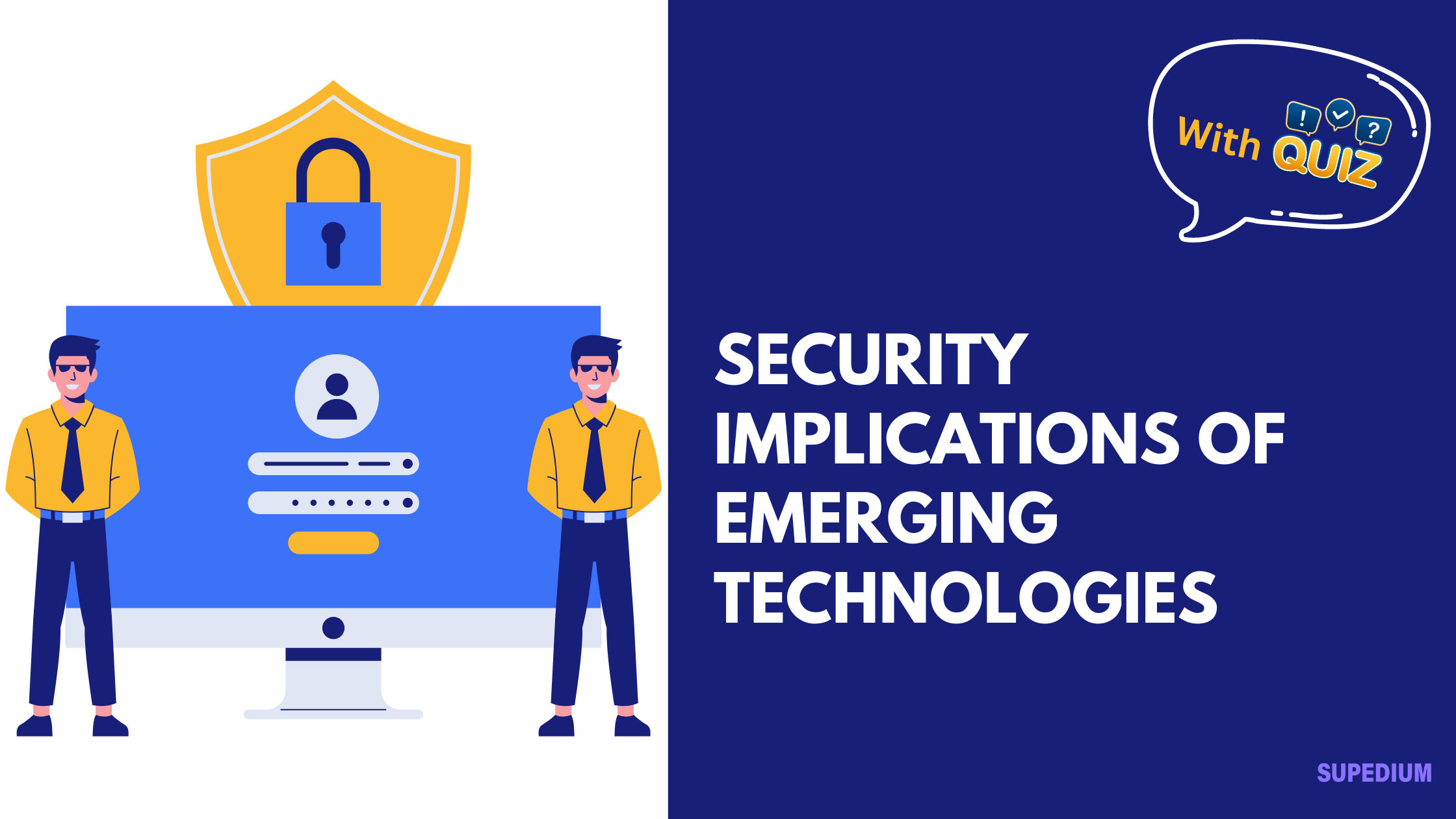Table of Contents
![]()
Introduction
A Distributed Denial of Service (DDoS) attack is a malicious attempt to disrupt the normal functioning of a targeted server, service, or network by overwhelming it with a flood of internet traffic. Unlike traditional denial of service attacks that originate from a single source, DDoS attacks involve multiple compromised computers, often forming a botnet, to launch a coordinated assault. The primary goal is to exhaust the target’s resources, rendering the service or network unavailable to legitimate users.
The importance of safeguarding against DDoS attacks cannot be overstated. These attacks can have severe repercussions for businesses and organizations, including significant downtime, financial loss, and damage to reputation. In an era where online presence and service availability are critical, understanding and implementing effective safeguards is essential for maintaining operational stability and security.
Types of DDoS Attacks
DDoS attacks can be categorized based on their target and method of attack:
- Volume-Based Attacks: These attacks aim to overwhelm the target with massive amounts of traffic, consuming bandwidth and resources. Examples include:
- UDP Floods: Sending large volumes of UDP packets to random ports on a target server.
- ICMP Floods: Overloading the target with ICMP Echo Request packets, commonly known as ping floods.
- Protocol-Based Attacks: These attacks exploit weaknesses in network protocols to disrupt services. Examples include:
- SYN Floods: Exploiting the TCP handshake process by sending a flood of SYN requests and never completing the handshake.
- Fragmented Packet Attacks: Sending fragmented packets that overwhelm the target’s ability to reassemble them, causing system crashes or performance issues.
- Application Layer Attacks: These attacks target specific applications or services, aiming to exhaust server resources by exploiting vulnerabilities. Examples include:
- HTTP Floods: Bombarding a web server with HTTP requests, often targeting specific URLs or functionalities.
- Slowloris: Keeping many connections to the target server open and holding them open as long as possible, thereby exhausting server resources.
Prevention Strategies
Effective prevention of DDoS attacks involves a multi-layered approach, incorporating various strategies to fortify defenses:
- Network Architecture:
- Redundant and Geographically Distributed Servers: Deploying servers in multiple locations ensures that traffic can be distributed, reducing the impact of an attack on any single location.
- Load Balancers: Using load balancers to distribute incoming traffic across multiple servers helps manage and mitigate traffic surges.
- Rate Limiting and Traffic Shaping:
- Rate Limits: Configuring rate limits on incoming traffic can prevent any single source from overwhelming the server.
- Traffic Prioritization: Prioritizing critical traffic ensures that essential services remain operational even during an attack.
- Intrusion Detection and Prevention Systems (IDPS):
- Deployment: Implementing IDPS to monitor network traffic for signs of malicious activity and block harmful traffic.
- Integration: Ensuring that IDPS systems are integrated with existing security infrastructure for comprehensive protection.
- Firewalls and Routers:
- Firewall Configuration: Setting up firewalls to filter out known malicious traffic and block suspicious IP addresses.
- Router Configuration: Properly configuring routers to handle traffic loads and prevent abuse.
Mitigation Techniques
In addition to prevention, effective mitigation techniques are crucial for responding to and minimizing the impact of DDoS attacks:
- Cloud-Based DDoS Protection Services:
- Overview: Services like Akamai, Cloudflare, and AWS Shield provide scalable protection by absorbing and mitigating attack traffic.
- Advantages: These services offer specialized DDoS protection that can quickly adapt to changing attack patterns.
- Content Delivery Networks (CDNs):
- Absorption: CDNs distribute content across multiple servers and locations, helping to absorb and mitigate attack traffic.
- Examples: Providers like Cloudflare and Akamai offer CDN services with built-in DDoS protection.
- Anycast Network:
- Explanation: Anycast routing allows multiple servers to share the same IP address, distributing traffic across different locations.
- Benefits: This approach helps in handling large volumes of attack traffic by dispersing it across various servers.
- Rate Limiting and Traffic Filtering:
- Implementation: Applying rate limits and filters at various network levels can block malicious traffic and protect against flooding.
Incident Response
A well-prepared incident response plan is essential for effectively dealing with DDoS attacks:
- Detection and Monitoring:
- Tools and Techniques: Utilize network monitoring tools to detect abnormal traffic patterns and identify potential attacks.
- Real-Time Monitoring: Continuous monitoring enables quick detection and response to ongoing attacks.
- Response Plan:
- Escalation Procedures: Develop and document procedures for escalating the response within the organization and with external partners.
- Communication Plans: Establish clear communication channels for notifying stakeholders and coordinating with Internet Service Providers (ISPs) and other relevant parties.
- Post-Attack Analysis:
- Analysis: Examine the attack’s methods, impact, and effectiveness of response measures.
- Improvements: Use insights gained to enhance security measures and prepare for future incidents.
Legal and Regulatory Considerations
Understanding the legal and regulatory landscape related to DDoS attacks is crucial for compliance and effective response:
- Legal Implications:
- Laws and Regulations: Familiarize yourself with laws such as the Computer Fraud and Abuse Act (CFAA) and other relevant regulations.
- Reporting Obligations: Be aware of requirements for reporting incidents to authorities and affected parties.
- Compliance with Industry Standards:
- Standards: Adhere to standards such as PCI-DSS (Payment Card Industry Data Security Standard) and GDPR (General Data Protection Regulation) to ensure compliance and enhance security.
Case Studies
Analyzing high-profile DDoS attacks provides valuable insights into their impact and response strategies:
- Notable Attacks:
- GitHub Attack (2017): This attack, which utilized a massive amplification technique, demonstrated the scale and severity of modern DDoS attacks.
- Analysis: Examine the impact on GitHub and the effectiveness of their response.
- Lessons Learned:
- Key Takeaways: Identify lessons from case studies to improve defenses and response strategies.
Future Trends and Challenges
As DDoS attack techniques continue to evolve, staying ahead of emerging trends and technologies is crucial:
- Evolution of DDoS Attacks:
- Emerging Vectors: Keep an eye on new attack methods and tools that could pose future threats.
- Predictions: Anticipate future trends and prepare defenses accordingly.
- Advancements in Mitigation Technologies:
- Innovations: Explore advancements in DDoS protection technologies, including AI and machine learning-based solutions.
- Integration: Consider how new technologies can be integrated into existing security frameworks for enhanced protection.
Conclusion
Safeguarding against DDoS attacks requires a comprehensive approach that includes prevention, mitigation, and incident response strategies. By understanding the various types of attacks, implementing robust prevention measures, and preparing effective responses, organizations can enhance their resilience against these disruptive threats. A multi-layered defense strategy, combined with continuous monitoring and adaptation to emerging trends, is essential for maintaining operational stability and security in the face of evolving cyber threats.






Be the first to comment